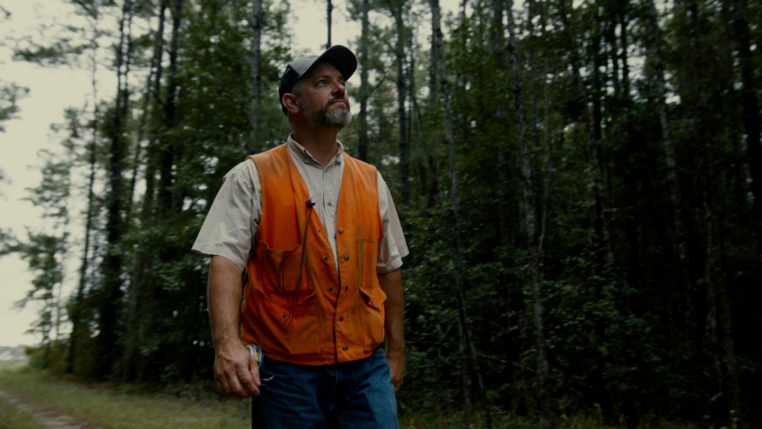Will My Insurance Contract Protect What I Need? Insurance Traps 101

Insurance is often the only safeguard a lumber-related entity can purchase to reimburse after a severe property or casualty loss. Yet, after nearly 50 years of collective experience insuring loggers, sawmills, and related business owners across the country, it pains to recognize insurance procurement is too often a daunting, confusing task for business owners and often considered a necessary evil due to:
- Insurance being mandated by banks, vendors, and states (i.e., Auto insurance). No independent business owner enjoys being told where hard-earned profits must be spent.
- Insurance is a legally binding contract (i.e., Courts call it a “Contract of Adhesion”) and, as with any legal contract, difficult to understand due to a myriad of conditions, definitions, and exclusions.
- Insurance is purchased when all is right in the world, and no claim has been made, yet it is only after a catastrophic loss that business owners normally read their policy in full.
- Business owners are often frustrated when insurance carriers “lawyer up” on the exclusions and limitations in the policy and refuse to pay claims that were assumed to be covered.
Along with the above concerns, business owners regularly share with us insurance frustration stories (i.e., Unpaid claims, excessive premiums, and confusing contractual language, etc.) that sadly point to a too high percentage of inexperienced insurance agents servicing the lumber industry who simply do not take the time to educate themselves on the unique risks in this great industry. Inexperienced agents then offer inferior insurance policies that do not meet the needs of the business owner at the time of loss. Below are several examples of insurance traps we recommend you check your current insurance policy for:
- General Liability Insurance: Many carriers are adding strongly worded exclusions or limitations that severely limit coverage for standard lumber risks and operations, such as:

- Accidental Timber Overcut: Nearly every insurance carrier excludes accidental overcut as they deem it “intentional damage” per the “Your Work” exclusion in the policy and state case law. This trap can be corrected with a simple insurance endorsement such as the one Hummel Group created in 1997, redefining accidental overcut as a covered peril.
- Inland Marine/Mobile Equipment: A growing number of insurance carriers are quietly adding “in the woods” exclusions to policies. For example, a sawmill recently asked us to review their policy, and they were upset when we advised although they were paying a substantial premium for insurance on a $500k+ feller/buncher, their policy had an “in the woods” exclusion, and the feller/buncher was uninsured for any loss/claim/damage that occurred while used in woods!
- Property Insurance: The “Co-Insurance” penalty clause is seldom explained correctly by agents. This confusing clause gives the insurance carrier the right to re-calculate required insurance limits of insurance after a claim occurs, and if the new calculation deems your values out of line, the carrier will then withhold a high percentage of property claim settlement as your penalty.
- Business Automobile: Many auto insurance policies writing log haulers have a formal “radius of operations” restriction if not written correctly. What this means is if your agent advises the insurance carrier you don’t go over 100 miles with vehicles, the insurance carrier will put a “100-mile radius restriction,” and if you have a claim 125 miles away… no coverage!
In closing, it is highly recommended that all logging contractors, sawmills, and lumber-related business owners review their insurance policies in depth for the above-noted insurance traps. If you find examples of insurance traps noted above, contact your agent immediately to correct them and if your current agent cannot fill the voids in coverage, then seek out a second opinion from another expert in the field.


